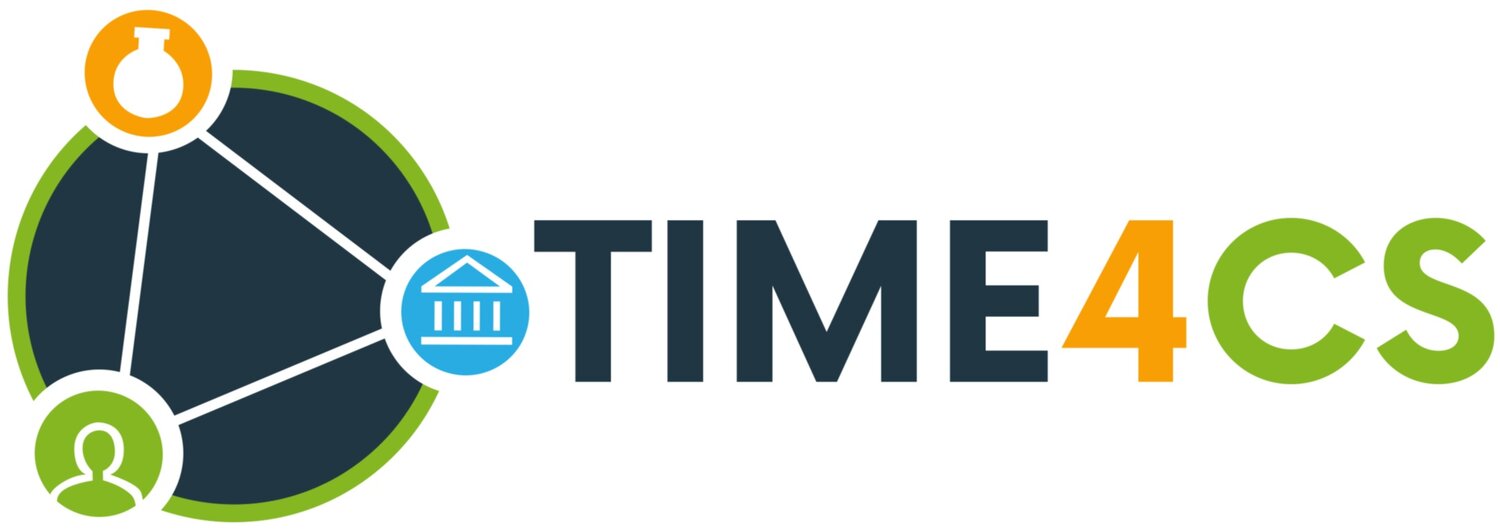Best practices repository of TIME4CS Front-Runners
Within the TIME4CS project we aim to better understand what actions are required to embed Citizen Science in Research Performing Organisations (RPOs). For this we analysed the history and activities of our Front-Runners since their establishment, and mapped their activities with the identified Intervention Areas (Research, Education and Awareness, Support resources and Infrastructure, and Policy and Assessment) and Grounding Action (i.e. concrete actions that are recommended to be undertaken in order to achieve Institutional Change).
The University College London (UCL), Aarhus University (AU) and the Citizen Science Center Zurich (CC-CS) all have a comprehensive expertise in the field of Citizen Science and Public Engagement in Science. They also have already undergone Institutional Changes in one or more of the so-called Intervention Areas, such as changes in organisational structures or functions, organization of education/training courses, establishment of contact points, protocols, and dedicated funds, elaboration of new norms or explicit mission statements.
The main objectives of this exercise was to:
analyse each Front-Runner to describe which actions were required to implement Institutional Changes and to promote citizens’ engagement in R&I activities within their organisation;
expand the number and type of possible Grounding Actions;
share the best practices of institutional adoption of public engagement and Citizen Science that organisations can include in their roadmaps.
The result of this analysis was reported in the best practices repository. This document highlights and provides evidence of the Institutional Changes necessary for such implementation. It also illustrates how Front-Runners have carried out the actions in slightly different ways, with tactics and methods that depend on their cultural, historical and scientific specificity.
The Best practices repository of TIME4CS front-runners is a public deliverable and can be accessed here.
Author: Ursina Roffler (UZH)

